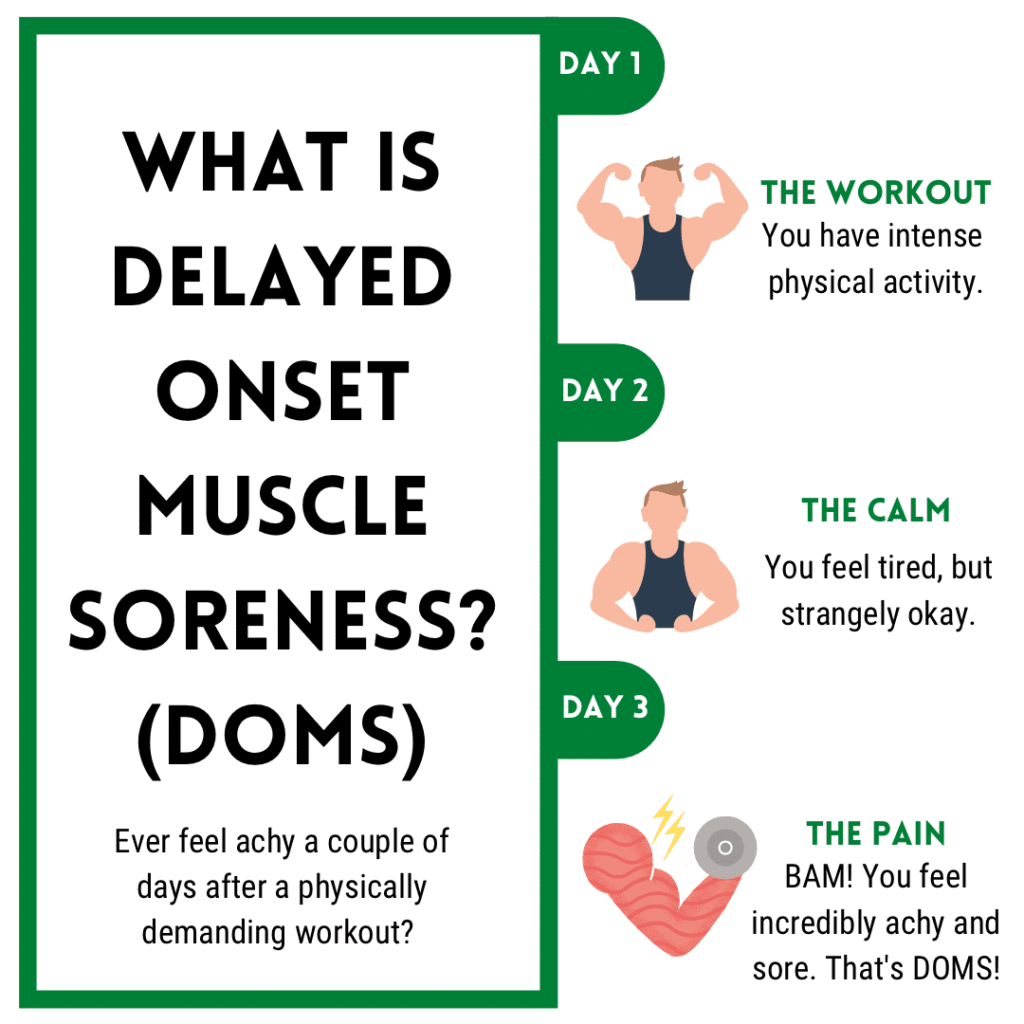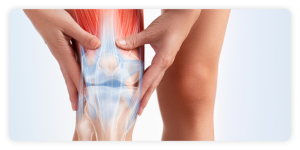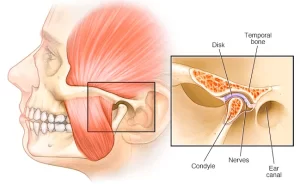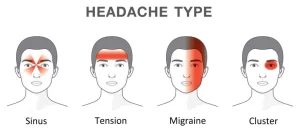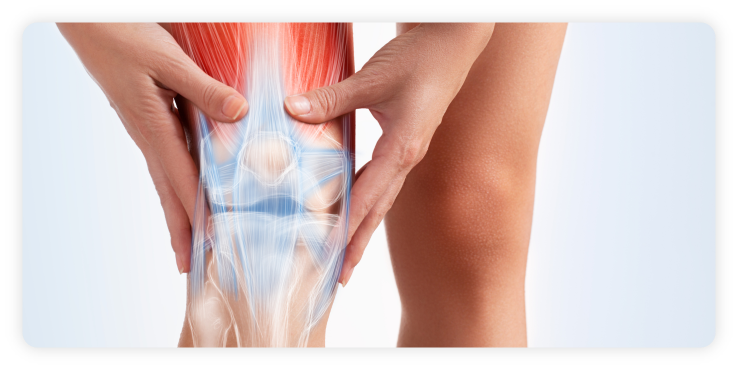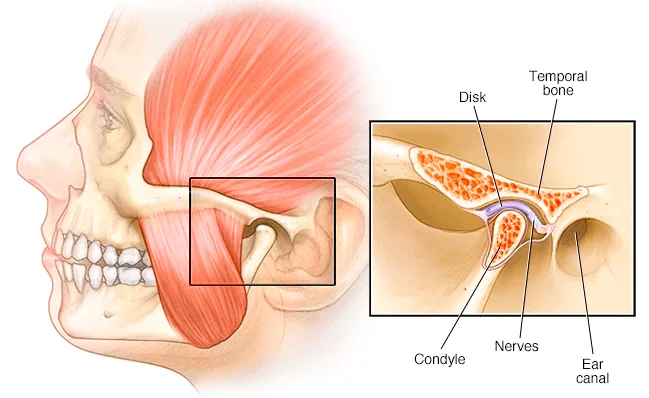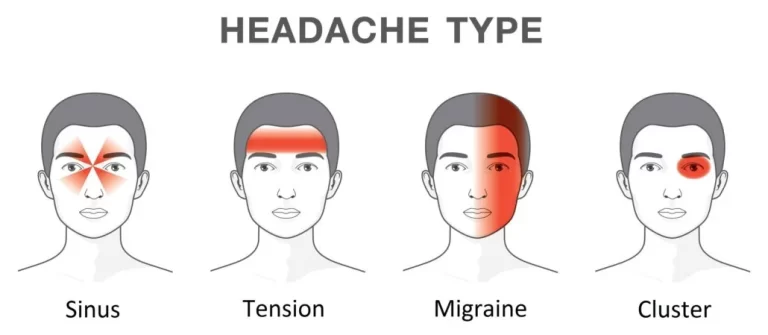Delayed Onset Muscle Soreness (DOMS)
Sore muscles after physical activity, known as Delayed Onset Muscle Soreness (DOMS), is muscle pain that begins after you have worked out. The pain usually begins to develop between 24 hours after your workout, and peaks around 72 hours after your training stimulus. DOMS typically lasts anytime between 3 to 5 days.
Causes of Delayed Onset Muscle Soreness (DOMS)
DOMS is often a result of the small tears to your muscle fibers that occur while you are working out. The small micro-tears to our muscles cause pain and usher in inflammation. This is actually the same process involved in building muscle and strength. When your muscle fibers build up after these tears, they recover and come back stronger. DOMS is often mistakenly believed to be caused by an accumulation of lactic acid, but lactic acid is not involved in this process.
DOMS will most likely happen if you push your body to movement patterns that it is not accustomed to. Stressing the muscles involved way more than they are prepared for will also cause DOMS. This might simply mean doing more sets and repetitions than you are used to.
Pro Tips for preventing DOMS:
1. Take it slowly: Take your workouts to the next level of intensity one small step at a time. This can help to safely build your strength and endurance while minimising the effects of DOMS.
2. Warm up: Spend up to 10 minutes before each workout doing some dynamic stretching.
3. Stay hydrated: Drinking water before, during, and after exercise, can help reduce muscle soreness.
4. Cool down: Always cool down with 20 minutes of static stretching. This can boost flexibility in your joints and muscles.
Check out our popular articles: Diastasis Recti, Tight Back Muscles, Irritable Bowel Syndrome (IBS), Temporomandibular Joint (TMJ) Dysfunction, Tennis Elbow, Wrist Tendon Injury, Sciatica, Whiplash, Hernia, Herniated Disc (Slipped Disc).
